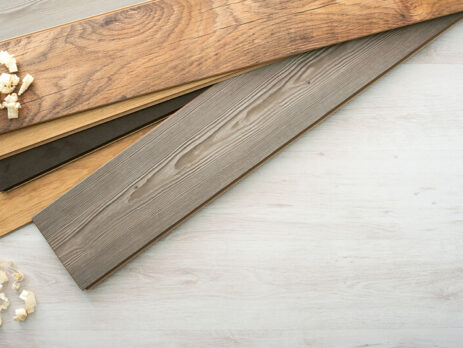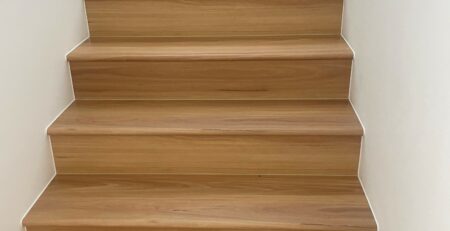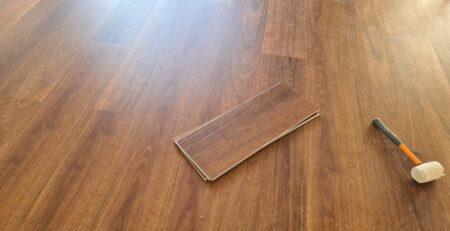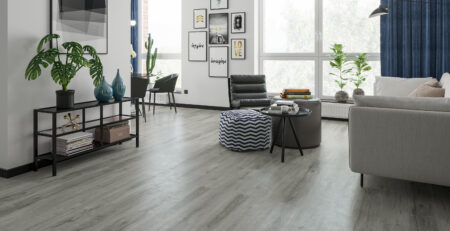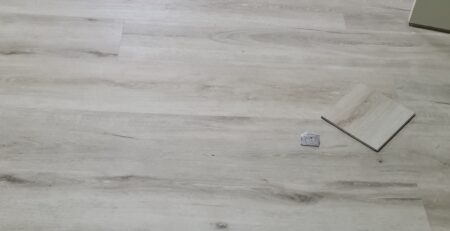What is the difference between SPC and laminate flooring?
SPC (stone plastic composite) flooring and laminate flooring are two popular options for homeowners looking to install new floors in their homes. Both types of flooring have their own unique benefits and drawbacks, and the choice between them will ultimately depend on the specific needs and preferences of the homeowner.
One of the main benefits of SPC flooring is its durability. SPC flooring is made from a combination of natural stone powder and plastic, which makes it extremely resistant to wear and tear. This makes it a great choice for high-traffic areas of the home, such as the living room, kitchen, and hallway. Additionally, SPC flooring is also water-resistant, making it a great option for bathrooms and basements.
Another benefit of SPC flooring is its environmental friendliness. SPC flooring is made from a combination of natural stone powder and plastic, which is a more sustainable option than traditional hardwood flooring. Additionally, SPC flooring is also easy to clean and maintain, making it a great option for busy homeowners.
On the other hand, laminate flooring is also a popular choice among homeowners. One of the main benefits of laminate flooring is its affordability. Laminate flooring is typically less expensive than hardwood flooring, making it a great option for homeowners on a budget. Additionally, laminate flooring is also easy to install, which makes it a great DIY project for homeowners.
Another benefit of laminate flooring is its versatility. Laminate flooring comes in a wide variety of styles and patterns, making it easy to find a design that fits the aesthetic of any home. Additionally, laminate flooring is also easy to clean and maintain, making it a great option for busy homeowners.
However, laminate flooring is not as durable as SPC flooring. It is not as resistant to wear and tear, and not water resistant. And it also needs to be kept away from moisture. That’s why it is not recommended for bathrooms and basements.
Laminate flooring also has poor indoor air quality. The adhesive used in the manufacture of laminate flooring is formaldehyde-based, which can release formaldehyde gas into the air. Formaldehyde is known to cause respiratory issues, eye and skin irritation, and other health problems.
Furthermore, laminate flooring is not an eco-friendly option. Laminate flooring is made from a composite of materials and is not biodegradable. It is not a sustainable option for homeowners who are looking to reduce their environmental impact.
Lastly, laminate flooring is not a good investment. It is not a good resale value and it needs to be replaced after a few years of use. This can be costly for homeowners in the long run.
In conclusion, while laminate flooring may be an affordable and versatile option for homeowners, it also has several drawbacks, including lack of durability, lack of authenticity, poor indoor air quality, lack of eco-friendliness, and poor return on investment. Homeowners should carefully consider these drawbacks before making a final decision about laminate flooring. It may be better to opt for a more durable and authentic flooring option such as solid hardwood or SPC waterproof flooring.
In conclusion, both SPC flooring and laminate flooring have their own unique benefits and drawbacks. SPC flooring is more durable and water-resistant than laminate flooring, making it a great choice for high-traffic areas of the home. However, laminate flooring is more affordable and versatile than SPC flooring, making it a great option for homeowners on a budget or those looking for a specific style or pattern. Ultimately, the choice between SPC flooring and laminate flooring will depend on the specific needs and preferences of the homeowner.


